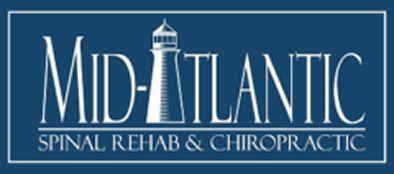Measuring Activities of Daily Living following Baltimore Auto Accidents
As prolific readers of my blog, many of you know that I spend a fair amount of time discussing diagnosis and treatment of patients who have experienced headaches, neck pain, or back pain following Baltimore auto accidents. Appropriate diagnosis and treatment are paramount for the Baltimore auto accident patient since patients want to feel better as fast as possible following an injury.
One of the services I provide to my patients that many other local providers do not is an analysis of a patient’s activities of daily living. That is, I try and figure out what degree their pain and discomfort impacts their normal activities of daily living, or ADLs.
I understand that the patients I treat in this office are not just “my patients”- they are also bosses, employees, brothers, sisters, husbands and wives. They have responsibilities to themselves and their families outside of my office. Pain is more than a physical thing when it impacts other areas of life. While I understand that often times neck and back pain are not “life threatening” this pain is often “quality of life threatening” when a mother has too much back pain to lift up her child without back pain, or when a father has too much back pain which prevents him from going to work and earning money for his family.
In my office we discuss not only the pain a patient is feeling, but also the impact that that pain has on their activities of daily living. There are three main areas of ADLs that we discuss and one other area, that while important, most patients do not usually openly discuss with me:
1. General Activities– sitting, standing, bending, lifting, walking, lying down, sleeping, and driving.
2. Duties Under Duress– working, housework, dressing, personal hygiene, and child care
3. Enjoyment Activities– using the computer, watching television, reading, exercising, (other personal enjoyments).
*4. Loss of Consortium- If couples are unable to be intimate and engage in a sexual relationship due to pain.
Most times when a patient feels better with the Baltimore auto accident treatment provided in this office they are able to resume their ADLs and are able to be discharged from treatment without ADL impairment. Sometimes, however, that is not the case and a patient is released with residual pain and residual impact on ADLs. While unfortunate, the documentation allows me to effectively communicate this disruption in their lives to their personal injury attorney so that they can be compensated for these problems and the disruption that it has caused to them personally.
If you, or someone you know, has suffered from a Baltimore auto accident and require treatment, please contact Mid-Atlantic Spinal Rehab & Chiropractic at (443) 842-5500. We would be glad to help!
Dr. Gulitz
